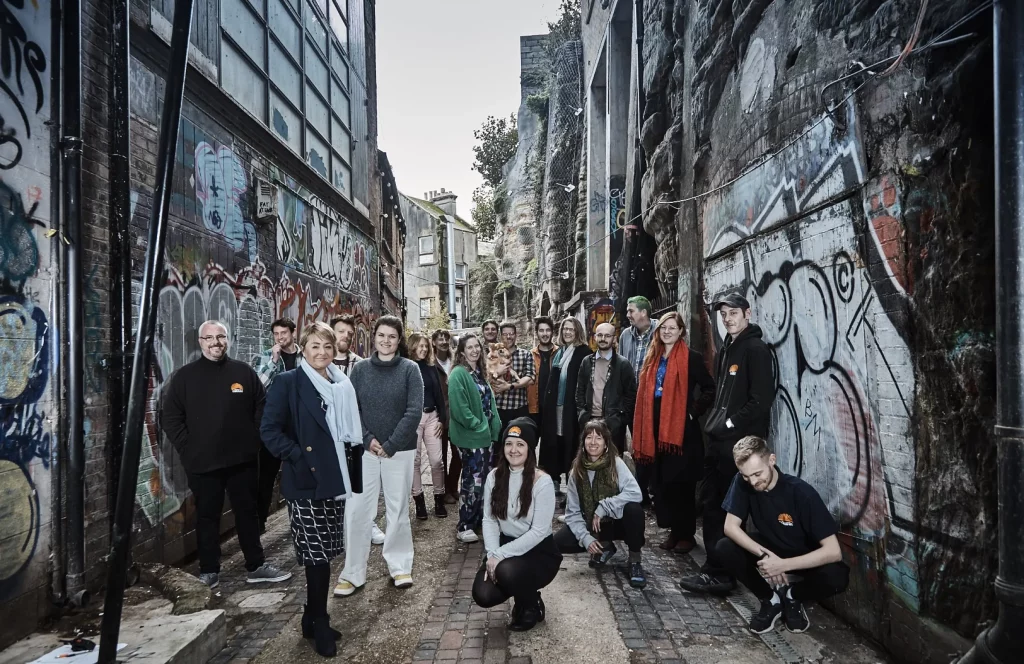In Oslo’s St. Hanshaugen district, the city has created six housing projects to support people who have been living on the streets and face serious mental health and addiction issues. Many of these individuals do not want formal treatment, avoid contact with services, or can’t cope with living near others. These projects were designed to meet their specific needs—with no requirements for sobriety, rehabilitation, or employment.
The housing is highly personalised. Options range from small, shared buildings to completely private mobile homes in quiet locations. All were designed with input from future residents, community groups, health professionals, architects, and others. Each project offers different levels of care and privacy depending on what people need.
For example:
• Fredensborg offers temporary housing for people leaving prison or long-term homelessness.
• Ullesalsveien houses people with violent histories leaving psychiatric care.
• Schandorffsgate provides calm, permanent housing with minimal staff presence for those with mental illness and substance issues.
• Flexbo is a cluster of mobile homes for people who cannot live near others.
Over 150 homes have been created. Residents now live more stable, healthier lives and spend less time in hospital. Some even start working or training. The design is simple, robust, and environmentally friendly, using local materials when possible.
The city covers setup costs, while rent is paid through disability or housing benefits. Most projects are now close to self-funding. The approach has influenced other Oslo districts and inspired similar efforts elsewhere.
Most importantly, people who had no hope of permanent housing now have a safe place to live that suits their needs—and they’re not going back to the streets.








